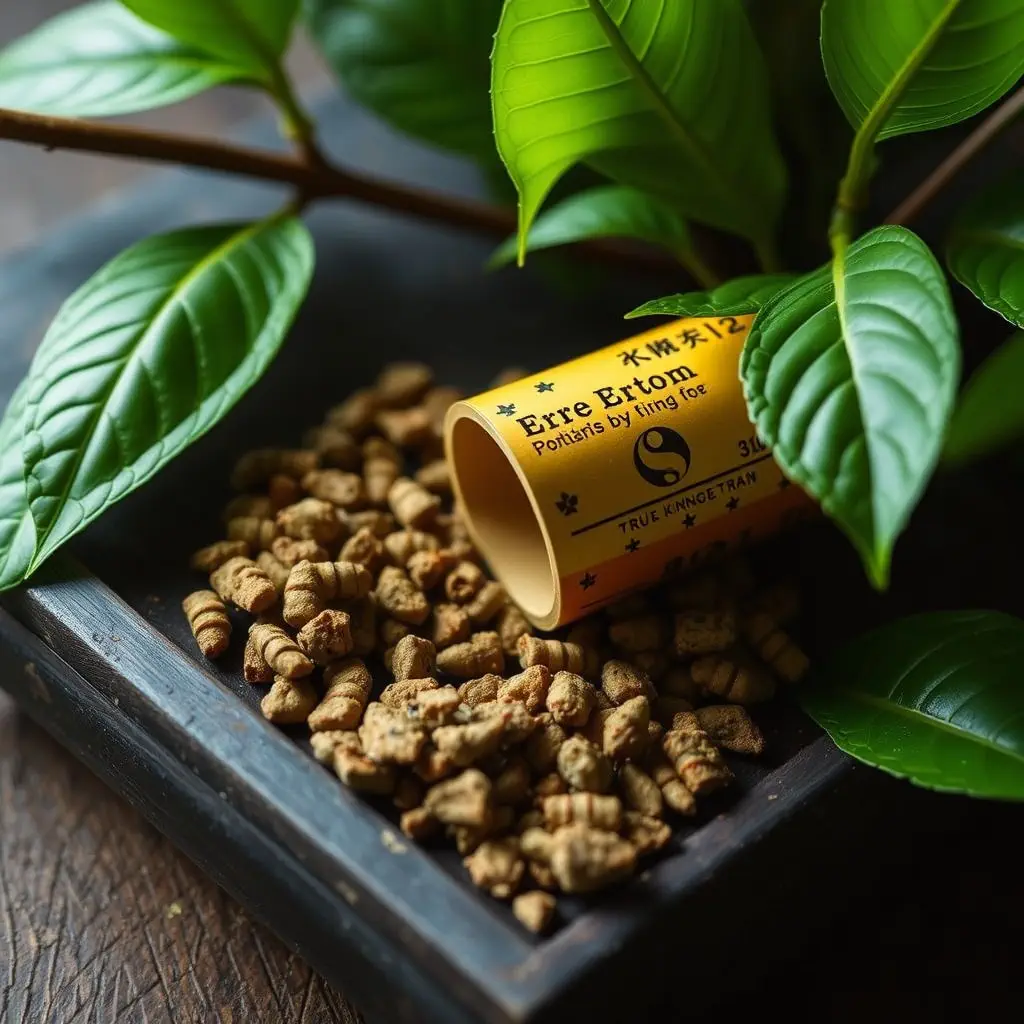Kratom, derived from the mitragyna speciosa tree and also known as the lotus blue flower, is gaining attention for its potential role in injury prevention and management. The alkaloids mitragynine and 7-hydroxymitragynine found within kratom have been studied for their effects on pain perception, endurance, and mood, which may indirectly reduce injury risk. Its analgesic properties make it a potential aid in managing acute injury pain and promoting healing. However, its interaction with opioid receptors necessitates careful use to ensure safety, as individual responses vary. It is essential to approach kratom with due diligence, considering legal statuses, individual health conditions, and the need for precise dosing under professional guidance. The lotus blue flower extracts are of particular interest in natural wellness and injury prevention due to their pain management benefits, but their use must be managed carefully to optimize benefits and minimize risks. Healthcare professionals can provide guidance on safe usage to integrate kratom into injury prevention and treatment strategies effectively while ensuring the well-being of users. The key is to balance the potential advantages with careful consideration and professional oversight.
In recent years, kratom, derived from the lotus blue flower, has garnered attention for its potential in injury prevention and management. This article delves into the multifaceted role of kratom in enhancing safety, with a focus on its scientific underpinnings and practical applications. By understanding how kratom can mitigate risks and promote well-being, individuals and professionals can integrate this natural extract into effective injury prevention and recovery strategies. Join us as we explore the nuances of kratom’s influence on physical wellness and safety, ensuring a comprehensive overview of its place in injury management.
- Understanding Kratom's Role in Injury Prevention and Management for Enhanced Safety
- The Science Behind Kratom: Mitigating Risks and Promoting Well-being with Lotus Blue Flower Extracts
- Practical Applications: Integrating Kratom into Injury Prevention and Recovery Strategies Safely and Effectively
Understanding Kratom's Role in Injury Prevention and Management for Enhanced Safety

Kratom, derived from the leaves of the mitragyna speciosa tree, is often recognized by its scientific classification or its common names such as the lotus blue flower. Its role in injury prevention and management has garnered attention within safety-focused communities. The alkaloids present in kratom, primarily mitragynine and 7-hydroxymitragynine, have been studied for their potential to modulate pain perception, enhance endurance, and improve mood, which can indirectly contribute to injury prevention by reducing the risk of accidents caused by fatigue or decreased vigilance. Additionally, kratom’s analgesic properties may aid in managing acute injuries by providing relief from pain, allowing for more effective treatment and recovery processes. The herb’s influence on the opioid receptors can also be beneficial for individuals recovering from injuries that would typically require opiate-based medications, offering a potentially safer alternative with careful consideration of dosage and frequency. It is crucial to approach the use of kratom with caution, as its effects can vary widely among users due to individual physiology and tolerance levels. Proper education on safe usage, understanding the legal status of kratom in different regions, and adhering to recommended guidelines are essential for leveraging kratom effectively in injury prevention and management strategies aimed at enhancing safety. Users should consult healthcare professionals before incorporating kratom into their health regimen, especially if they have pre-existing conditions or are taking other medications.
The Science Behind Kratom: Mitigating Risks and Promoting Well-being with Lotus Blue Flower Extracts

lotus blue flower extracts, derived from the leaves of Mitragyna speciosa, have garnered attention in the realm of natural wellness and injury prevention. The science behind kratom, as contained within lotus blue flower extracts, is deeply rooted in its interaction with the body’s opioid receptors, offering potential analgesic effects. These effects can be instrumental in managing chronic pain, which is often a precursor to injury, by providing relief that allows for more effective rehabilitation and prevention strategies. The alkaloids present in these extracts, such as 7-hydroxymitragynine and mitragynine, are believed to play a significant role in modulating pain signals and promoting homeostasis within the body.
When incorporating lotus blue flower extracts into an injury prevention and management regimen, it is crucial to approach their use with caution and informed guidance. The potential for these extracts to support well-being extends beyond pain management; they may also influence mood and energy levels, contributing to overall resilience and the body’s ability to recover from exertion or trauma. However, due to the complexity of individual physiology and the need for dosage precision, consulting with healthcare professionals is essential. This collaboration ensures that the risks associated with kratom use are minimized while harnessing its benefits for injury prevention and management in a safe and responsible manner.
Practical Applications: Integrating Kratom into Injury Prevention and Recovery Strategies Safely and Effectively

Integrating kratom into injury prevention and recovery strategies can be approached with both caution and optimism, given its potential effects on pain relief and mood enhancement. For athletes or individuals at risk of injury, the analgesic properties of kratom may help manage acute pain without the opioid-like side effects associated with more conventional medications. When used responsibly, kratom strains like ‘lotus blue flower’ can contribute to a comprehensive injury prevention regimen by mitigating discomfort that might otherwise discourage physical activity. It is crucial to approach its use with a nuanced understanding of dosage and the specific kratom alkaloids that are beneficial for pain management, such as 7-hydroxymitragynine, which is present in significant amounts in ‘lotus blue flower’.
In recovery, kratom may play a role in easing post-injury discomfort and promoting a positive mental outlook, which can be critical for adherence to rehabilitation protocols. However, it is essential to integrate kratom under the guidance of a healthcare professional, as its effects can vary widely among individuals. Additionally, users should be aware of the legal status of kratom in their jurisdiction and comply with all regulations. Safety and effectiveness in using kratom for injury prevention and management hinge on careful consideration of the product’s source, purity, and proper dosing. Regular monitoring by a healthcare provider is recommended to ensure that any potential benefits are maximized while minimizing risks, especially when combining kratom with other treatments or therapies in an injury recovery plan.
In conclusion, kratom, particularly in the form of Lotus Blue Flower extracts, offers a promising avenue for injury prevention and management. By understanding its physiological effects and integrating it into comprehensive safety strategies, individuals may enhance their resilience against injuries and accelerate recovery processes. The scientific evidence supporting its use for well-being is compelling, making it a valuable consideration for those at risk of or recovering from injury. However, it’s crucial to approach its inclusion in preventive and recovery regimens with caution, ensuring safe and effective practices are followed, as outlined in the practical applications section. With careful consideration and responsible use, kratom may play an integral role in a holistic approach to safeguarding health and promoting healing.






